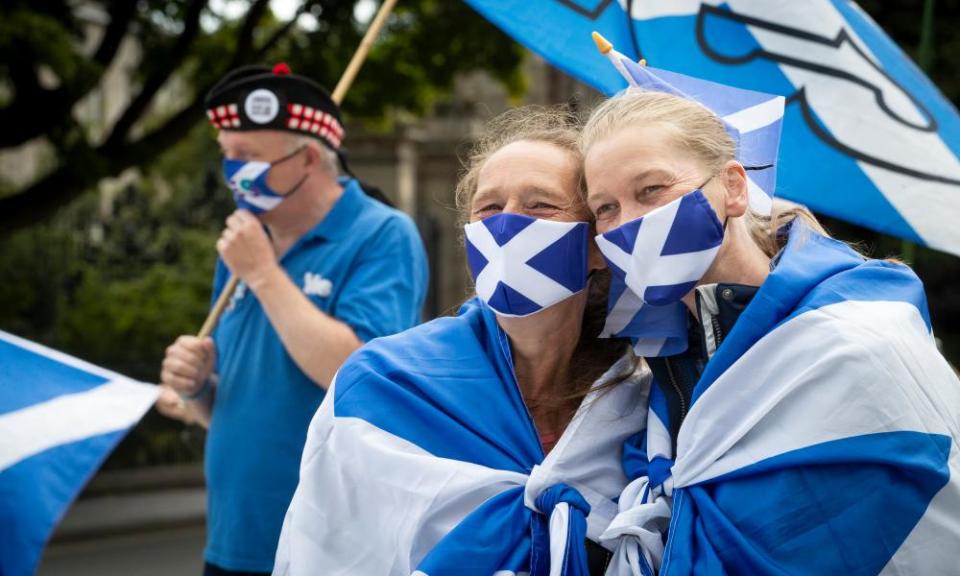An economic recipe to bankrupt Scotland

I am in broad agreement with Larry Elliott’s analysis of the four macroeconomic regime options that an independent Scotland would face (Nicola Sturgeon should not limit Scotland’s economic options, 30 August). I would, though, question his claim that sterlingisation is a “feasible” option, particularly with Scotland’s fiscal deficit heading north of 25% of GDP due to the pandemic.
Scotland persistently runs a deficit on the current account of its balance of payments of around 10% of GDP (£16bn). Currently this deficit is settled by the UK. With independence, Scotland would be responsible for financing its twin fiscal and current account deficits.
Watch video below
Sterlingisation is a form of fixed exchange rate and therefore does not provide a balance-of-payments adjustment mechanism, and since an independent Scotland would also no longer have fiscal transfers from the rest of the UK, it would need large-scale borrowing to compensate.
However, financial markets would not regard a fixed exchange rate system combined with large twin deficits as credible, and this would produce a classic currency crisis in which sterlingisation would have to be abandoned and replaced with a new separate currency at a sharply devalued rate.
The combination of no external adjustment mechanism and large-scale borrowing in a foreign currency, along with a unitary probability of devaluation, is simply a recipe for national bankruptcy.
Prof Ronald MacDonald
Adam Smith Business School, University of Glasgow
• Join the conversation – email guardian.letters@theguardian.com
• Read more Guardian letters – click here to visit gu.com/letters

